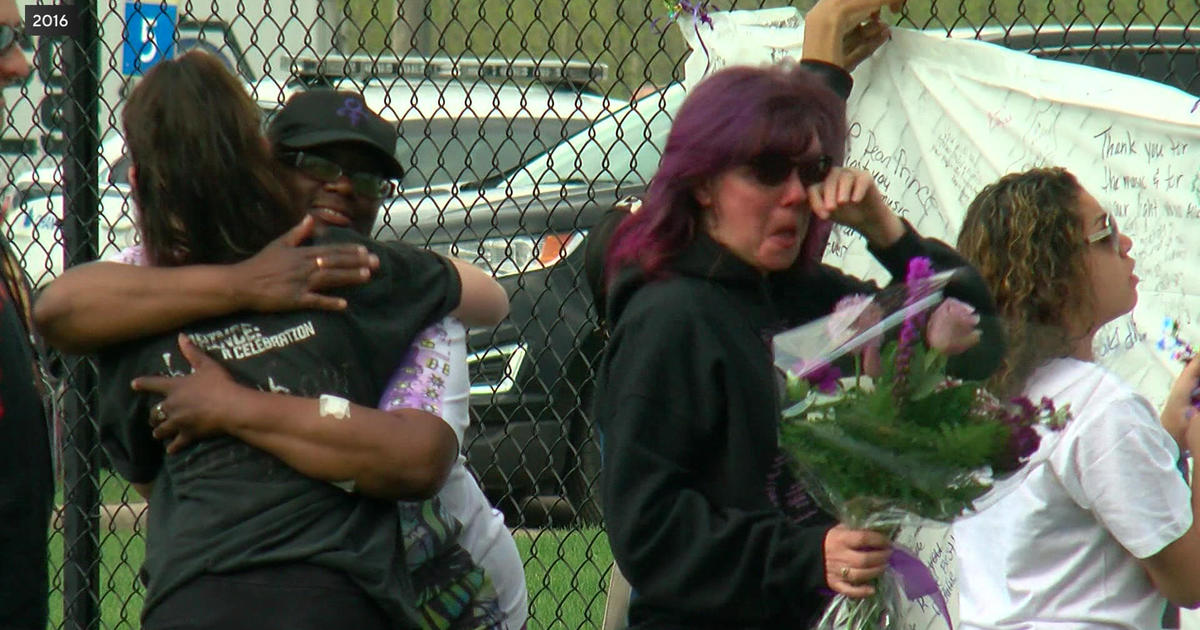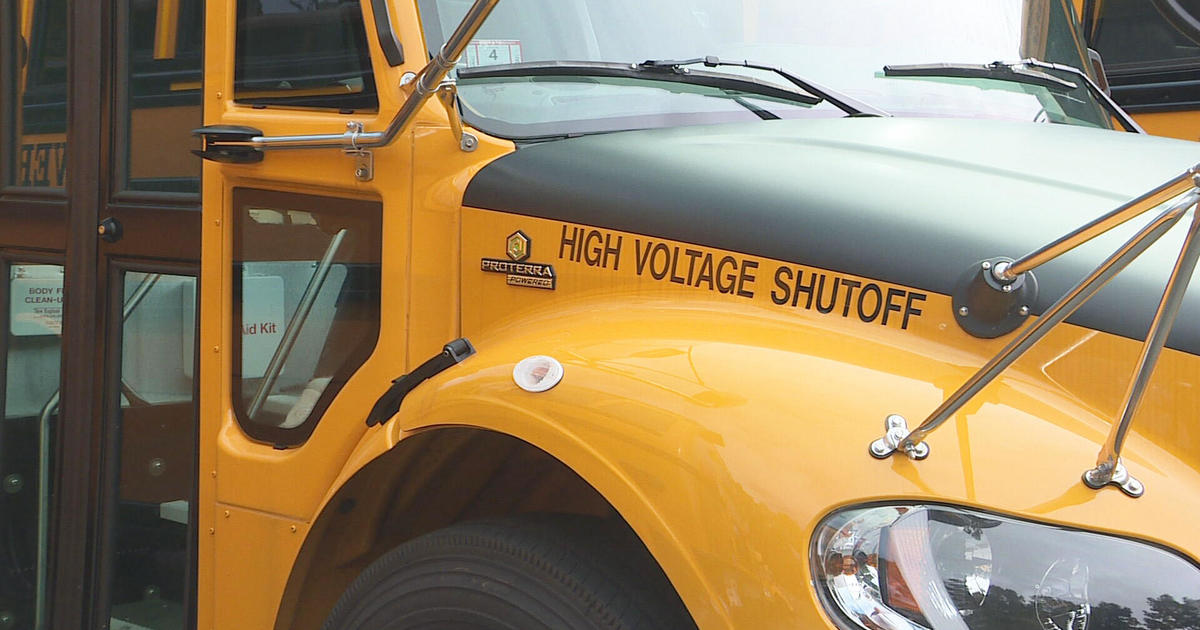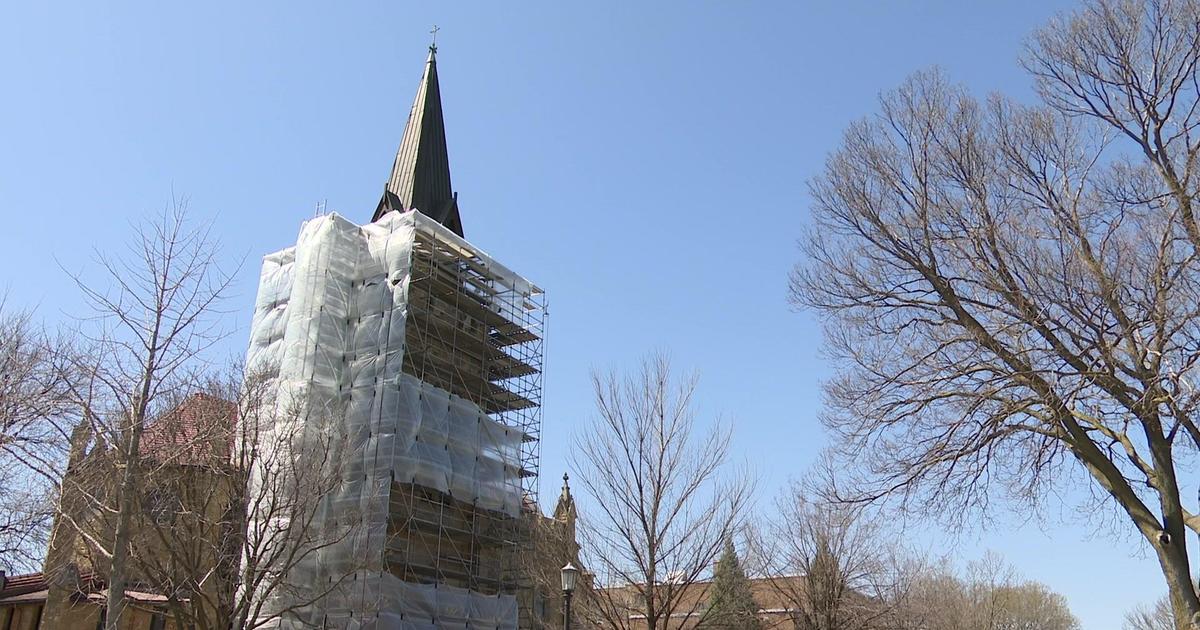Despite Declining Numbers, There's Hope For High School Hockey
MINNEAPOLIS (WCCO) -- Richfield Arena is dark, quiet and empty.
For the first time in nearly 60 years, the Spartans don't have a boys hockey team this season. They just didn't have enough kids.
"It was tough," said coach Dave Shute. "Lot of tears, man. Lot of tears."
Shute played for Richfield back in the late 1980s – back when things were a lot different.
"It was so much fun," he said. "This arena was one of the best high school arenas to play in, because you had the full bowl. It'd be packed. Last year, heck, it'd just be parents. It was sad."
This problem is not unique to Richfield. State-wide, participation in boys hockey is down 12 percent from where it was 10 years ago. Girls hockey is down 7 percent. Over that same period of time, total participation in Minnesota high school sports is up.
Which means the kids aren't leaving sports -- they're just leaving hockey.
As the crown jewel of Minnesota sports, the boys high school hockey tournament, gets underway next week, it's an issue at the heart of Minnesota's identity as the State of Hockey.
"Minnesota high school hockey has some challenges, and they're going to have to try to decide which way to go," said Minneapolis coach Joe Dziedzic. "And I think we're starting to be at a crossroads."
Dziedzic won the Mr. Hockey award in 1990 playing for Minneapolis Edison.
"There were six high school teams in the city," he said, "and the rinks were packed."
He now coaches Minneapolis. That's right, gone are the days when every high school in the city had its own team. Now, there is one – a co-op of all seven high schools. It's been that way for five years now.
"Why do we only have one team? What's going on? I've said that many times," Dziedzic said. "The state of hockey, the biggest city in the state of hockey, we can't get 45 kids to try out for a high school team. Out of seven high schools in the city.
"And you go, 'Where did everybody go? How come nobody's playing?'"
Co-ops like Minneapolis are now all the rage, especially in the metro area. Robbinsdale, Armstrong and Cooper became the latest this year, joining Osseo, Park Center, Brooklyn Center, Columbia Heights, Fridley, Irondale and St. Anthony.
On the girls side, St. Louis Park, Coon Rapids and North St. Paul -- all teams with recent state tournament appearances -- had to join up with Hopkins, Spring Lake Park and Tartan to survive.
Bloomington, Kennedy and Jefferson have been a girls co-op for three years now. Kennedy's boys recently dropped to Class A due to low numbers.
In St. Paul, only three of the six high schools still have a boys team. The girls are all one single co-op.
Virtually the entire core of the state of hockey is now relying on co-ops to survive --- either just with its girls team or both.
If Richfield is ever to return, it would almost certainly need to be as another co-op. The school is looking into that option, but hasn't found a solution yet. Its girls already co-op with Holy Angels.
"It's tough when you're a hockey fan and you see the numbers down like that," Dziedzic said. "It's tough to take."
So why is this happening?
"That's the hard-hitting question, right there," Shute said.
Mike MacMillan, the executive director of the Minnesota Hockey Coaches Association, believes it's simply a function of changing demographics in the metro, toward families whose backgrounds favor other sports.
"Where we tend to see the decline is more in the metro area," MacMillan said. "And some of it's economics, and some of it's demographics."
"I also think specialization and the loss of the multi-sport athlete have played a part in this," said Craig Perry, who runs the state tournament.
But Perry isn't worried.
"Are there some participation rates that have dropped? Yes," Perry said, "but I don't know if it's really an issue in Minnesota that we're seeing this, 'the demise in the state of hockey.' I mean, our numbers look pretty good for the last 10 years."
Indeed, though they're not what they used to be, they have largely stayed level the last 10 years. And the number of schools participating has actually seen a slight increase -- but with a few big caveats. More of them are co-ops, and many of them -- due to the decline in numbers -- no longer have enough for a JV team.
"I'm not seeing it as a negative at all," MacMillan said. "Actually, I'm excited about the Minnesota youth hockey numbers. I think that will bode positively for our high school numbers."
Those youth numbers, which hit an all-time high this year at the youngest level -- age 8-and-under -- are where hockey is hanging its hopes. But the challenge is to keep those kids playing through high school. And many, like Dziedzic, remain skeptical that things can ever be as good again as they used to be.
"There's some hope there," said Dziedzic, whose numbers were up this year to the point where his team had cuts for the first time in its five years as a co-op. "But I also see some of the challenges that are right there too. And so I'd like to think that it could keep going and the glory days would come back, but I guess time will tell."
In the meantime, next year St. Cloud Apollo will become the latest to lose its team, as it folds into a co-op with St. Cloud Tech. There are just not enough kids.
"That's sad," Dziedzic said. "That's the black eye that we have in Minnesota right now. We've got to find a way to keep kids playing. And if we don't, then someday the basketball tournament is going to be the biggest deal. And I don't want to see that happen."



